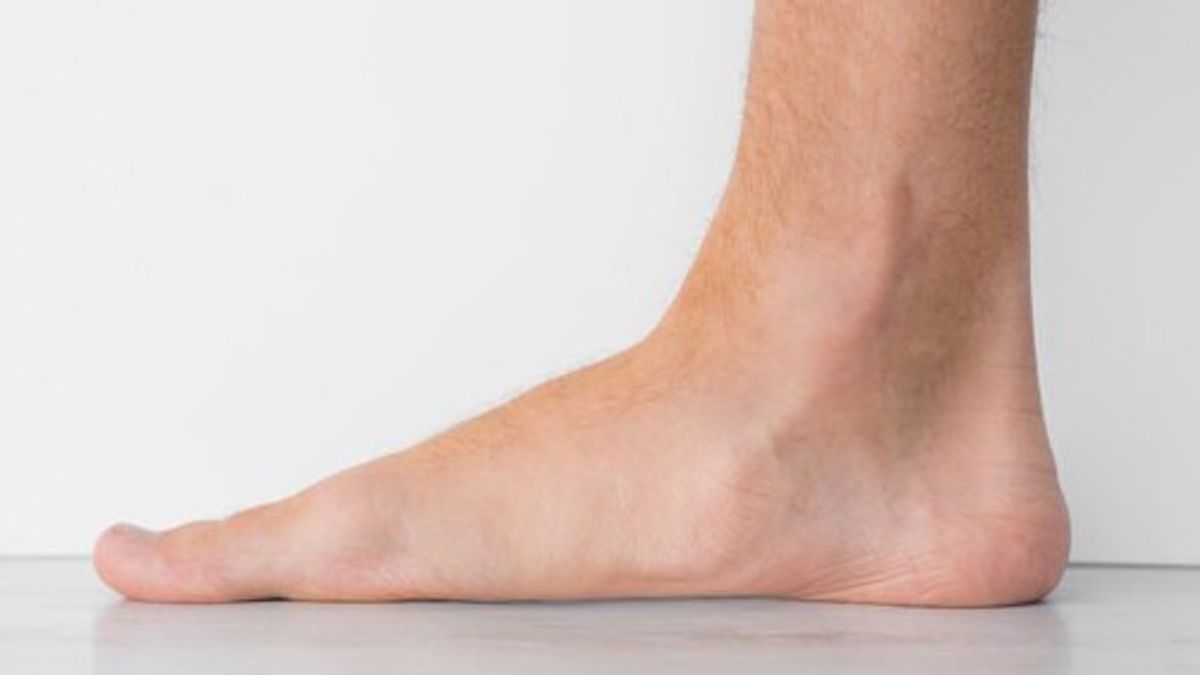YOGYAKARTA Flat or flat foot soles are recognized when the soles of the feet do not have a normal arch while standing. This can cause pain when undergoing severe activity. Like standing for a long time, walking far away, or running. This condition is called a pes planus, or a lower sole arch.
In babies and children aged 2-3 years, it is normal to experience flat foot. But when they start to actively walk, or when the ligament and tendons are on the soles of the feet and the legs are stretched. The flat foot soles experienced by children are rarely serious. But the flat foot soles are experienced by 8 percent of United States adults aged 21 years and over and 4 percent have lower foot soles.
In some cases, the soles of the feet are flat due to injuries or diseases that cause problems when used to walk, run, and stand for hours. The curvature on the soles of the feet, will only be visible when the soles of the feet touch the ground completely. This type of flat feet, can be experienced as adults when the tendon that connects the calf muscle with the inside of the ankle is injured, swollen, or torn. If the ankle arch does not receive the required support, it will hurt on the legs and ankles, as well as the outer part of the ankle.
But it is important to understand, the pain that arises depends on the conditions experienced. Flat foot soles and pain as an effect, can be experienced by only one leg or both.
Flat or flat foot foot soles are associated with tissue and bones in the legs and lower leg. This condition is normal for babies and toddlers because it takes time for tendons to tighten and form arches. In rare cases, the bones at the child's feet are integrated, this causes pain. As you get older, the tendons can also be damaged. Flat foot soles, launching Healthline, Monday, November 11, are also associated with celebral palsy disease and muscle dystrophy.
People with certain health conditions can also experience flat foot soles. Apart from injuries to the legs and ankles, flat foot soles can also be experienced by people with obesity, hypertension, and diabetes mellitus.
SEE ALSO:
As long as those of you who have flat feet don't feel pain, then there's nothing to worry about. But if you feel pain after a long walk or stand for hours, you may feel it. If leg pain is very disturbing, it's important to meet an orthopedic doctor, a leg disease expert, or health service. After undergoing a number of tests and being asked about history, the doctor may provide some recommendations. Such as wearing a foot support, wearing orthotics (panches inserted into your shoes to ride your feet), wearing special shoes with a heel shield, prescribing anti-inflammatory drugs, to foot surgery if the case is serious.
The English, Chinese, Japanese, Arabic, and French versions are automatically generated by the AI. So there may still be inaccuracies in translating, please always see Indonesian as our main language. (system supported by DigitalSiber.id)


















